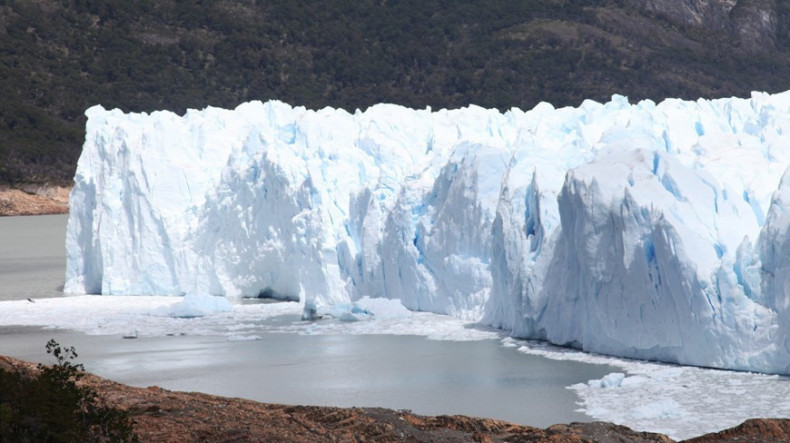
Many of New Zealand’s glaciers could disappear within a decade, scientists say
New Zealand’s glaciers are becoming “smaller and more skeletal” due to the effects of climate change and scientists predict many could disappear within a decade, the Guardian reports.
An annual end-of-summer survey that records the snowline of more than 50 South Island glaciers has revealed continued loss of snow and ice.
Every year, the National Institute of Water and Atmospheric Research (Niwa), the Victoria University of Wellington and the conservation department gather thousands of aerial photographs of the glaciers to measure the altitude of the snowline and see how much of the previous winter’s snow has remained covering each glacier.
That snowline, also known as the equilibrium line altitude (ELA), allows scientists to evaluate the glacier’s health. If the glacier size has decreased, then the line will be higher, because less winter snow remains.
“We were expecting the snowlines to be high because of the warm weather we’ve had and sadly, our instincts were confirmed,” said Dr Andrew Lorrey, a principal scientist at Niwa.
New Zealand’s glaciers had lost mass most years over the past decade, said Dr Lauren Vargo from Victoria University.
“But what was more striking to me is how much smaller and more skeletal so many of the glaciers are becoming.”
The country is experiencing more frequent temperature extremes, four to five times more extreme than would be expected in a climate with no long-term warming, Niwa reported in January, while 2021 was New Zealand’s hottest year on record.
The long-term aerial survey began in 1977, giving a visual timeline of how much glaciers have retreated. Since the survey began, the global climate has warmed by about 1.1C and Niwa estimates that more than a third of the ice volume has been lost from the Southern Alps.
“What we’re seeing is a clear retreat, which is no doubt thanks to climate change. In a decade, we predict that many of our beloved and important glaciers will be gone,” Lorrey said.
The ramifications are significant. Glaciers are an important store of fresh water, their seasonal melt into rivers supporting irrigation of farmland and hydropower schemes, and acting as a buffer against drought. The disappearing ice also contributes to rising sea levels.
“This will have far reaching impacts, such as altering our beautiful landscape, affecting the livelihoods of people who rely on these natural wonders for tourism, and flow on effects from decreased meltwater during periods of drought,” Lorrey said.
“It also emphasises the urgency of slowing climate change because the impacts are going to become increasingly costly and hard to avoid.”
Newsfeed
Videos






























